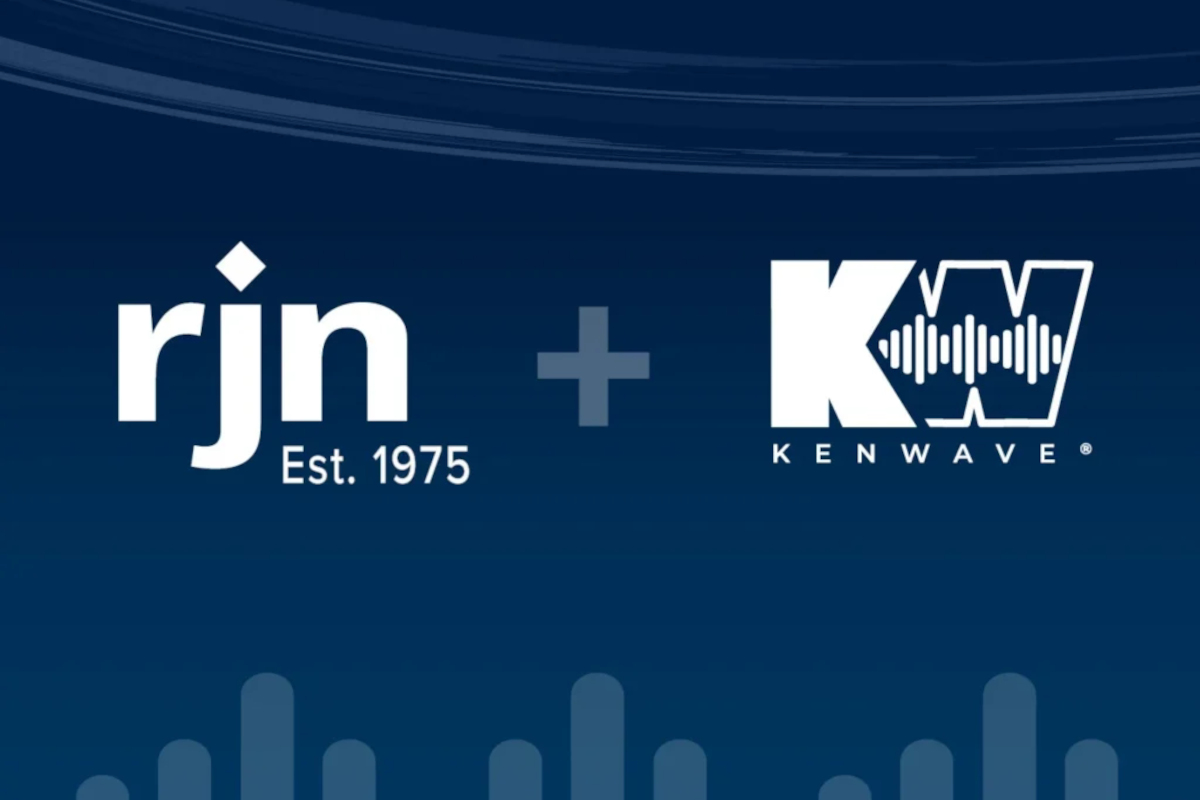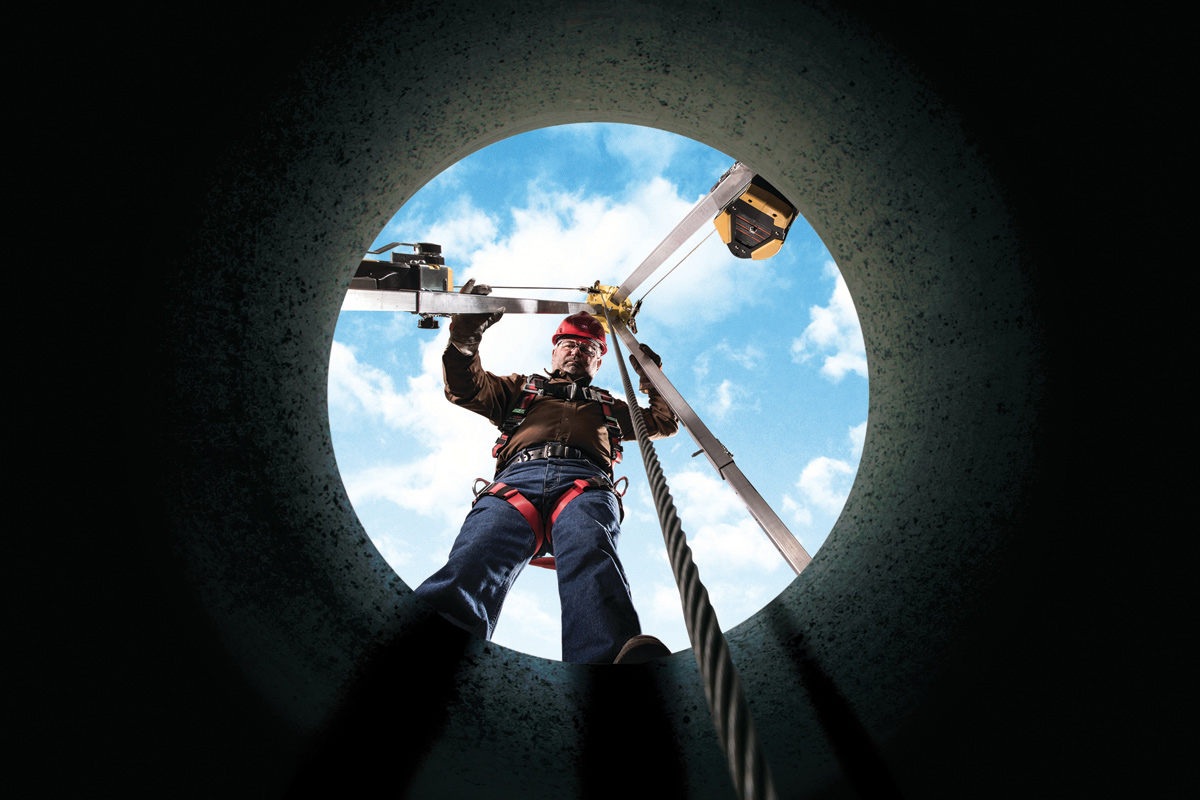Electric Auger Boring Machine Enters the Market
January 2, 2014
 The auger boring world is taking a major step forward with the introduction of the Thunderbolt 2 electric auger boring machine, a partnership between Boretec Equipment and Sharewell Drilling Products.
The auger boring world is taking a major step forward with the introduction of the Thunderbolt 2 electric auger boring machine, a partnership between Boretec Equipment and Sharewell Drilling Products.Dan Sharpe, president and part owner of Sharewell Drilling Products, says the idea for a remote controlled auger boring machine was the brainchild of Boretec director of engineering William Malcolm, who has spearheaded the development of the machine for four to five years.
Malcolm and Sharpe are working together to develop new products for Sharewell, a subsidiary of Sharewell HDD Services. The Thunderbolt 2 is the first product for the new subsidiary.
The advent of a remote and electronic machine addresses two concerns of the industry. It improves safety and is more environmentally friendly.
“The industry knows they need to get the man out of the pit,” Sharpe said. “It’s not ideal for safety.”
That is just what the Thunderbolt line does.
Introduced at the 2013 ICUEE show in October, Sharpe said the company expects to have the machine available for sale in the first quarter of 2014.
“It really surprised us about how much buzz it did create,” he said.
 After the buzz of its ICUEE debut, the Thunderbolt 2 headed north to Canada for a series of real world tests on a variety of soil conditions.
After the buzz of its ICUEE debut, the Thunderbolt 2 headed north to Canada for a series of real world tests on a variety of soil conditions.One of the tests involved approximately a 100-ft bore installing 36-in. casing. The ground was partly clay, and the machine encountered rock. Sharpe says the Thunderbolt worked quite well, was quiet and the operator was impressed with the remote control.
“The driller liked the fact he could walk around the pit while the Thunderbolt was drilling so he could see all aspects of the job,” Sharpe said. “Upon exit, the operator walked over to the exit pit with the remote control and continued operating the Thunderbolt. He was standing above the pit as the cutting tool cut through the exit wall so he could watch the entire job while operation the machine.”
So how did the month-long testing of this innovative machine go? Sharpe said the Thunderbolt exceeded expectations.
“Everyone thought something would fail, but nothing did,” he said. “What we came back with was software tweaking.”
Much of that, he says, had to do with the engineering of the product, which features an oversized gearbox and an oversized electric motor.
The goal was to decrease the likelihood of a gearbox failure. As Sharpe said, it’s designed to “just go and go.”
Having such a beefy setup though does require more of an up-front cost, but Sharpe says lower long-term maintenance costs and liability costs offset that.
“You look over the long haul of maintenance, it’s going to be dramatically lower, virtually maintenance-free,” he said.
 Powering options are connecting to the grid, which produces zero emissions, or a generator set. If the user opts for the latter, Sharpe said that is where the maintenance costs lie.
Powering options are connecting to the grid, which produces zero emissions, or a generator set. If the user opts for the latter, Sharpe said that is where the maintenance costs lie.Compared to a traditional auger-boring machine, the fuel savings are up to 75 percent, Sharpe said. He added, that by plugging into the grid, the operator does not have to transport a generator to the jobsite, which is another savings.
As for the liability, “One lawsuit can wreak havoc on the contractor or the manufacturer,” Sharpe said. With a remote controlled system, however, there is no reason for a worker to be in the pit while the boring machine is in operation.
In designing the Thunderbolt line, the “2” designation refers to the size of the machine not the second iteration, Sharewell patented not only the remote control system and the electric system but also the rail/track design and the combination saddle.
Unlike other auger boring machines, the Thunderbolt’s rail design does not require concrete, sheet metal or other supports to place the machine on, thus saving money and time on prepping the pit. As for the combination saddle, it allows for multiple sizes of casings.
Both of these innovations give the Thunderbolt the smallest footprint in its class makes it ideal for use in tighter spaces.
“Really, this revolutionizes auger boring,” Sharpe said.
As for the size, plans call for a Thunderbolt 1 at 24-in., a Thunderbolt 3 in the 48/60-in. class and the Thunderbolt 4 at the 72-in. class.
“[The industry] hasn’t really changed since its inception in the 1960s,” Sharpe said. “This has taken it to a whole new level.”
He added that this is the direction that the auger boring market has to go; the use of remote controls to get the crewmember out the danger zone.
“I think as time goes on, more and more people will see the benefits of electric and remote control and slowly it will, I think it will be, the auger boring machine of choice,” Sharpe said.
Mike Kezdi is an assistant editor for Trenchless Technology.





Comments are closed here.